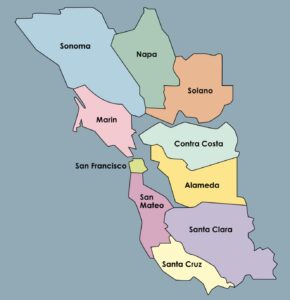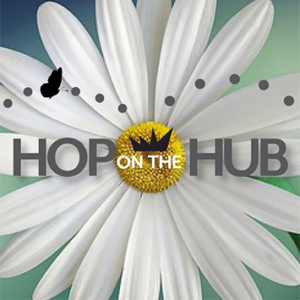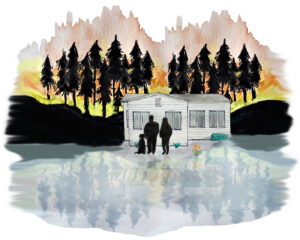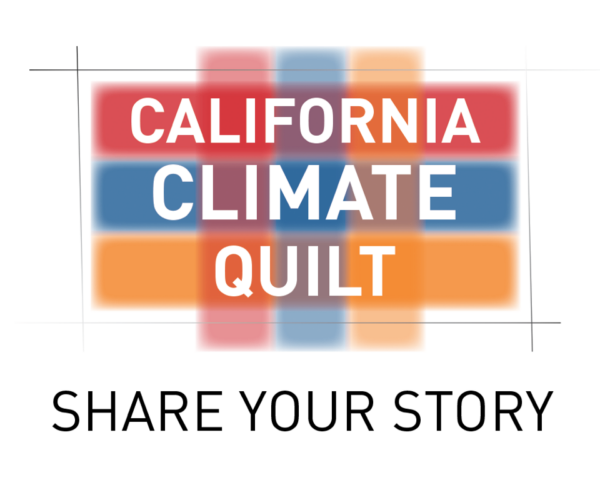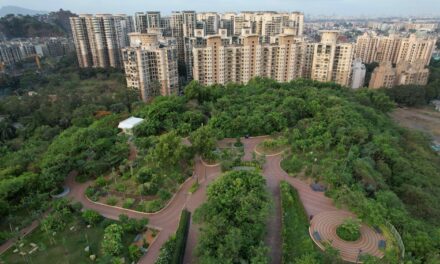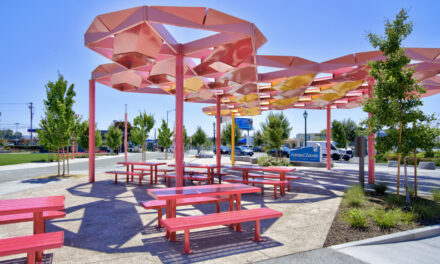Purple Air Warnings Not Enough
If late fall fires start up again after the October deluge, Alameda County will already have smoke alert protocols in place. The county developed specific thresholds and delivery systems for alerts over the past two years. “Our geography creates a particular need for us to address smoke,” says county sustainability project manager Sarah Church. Church earned the title “smoke quarterback” from her work convening a variety of partners in county health, emergency, and environmental services to discuss how to address the smoke, which blanketed much of the East Bay for long unhealthy periods of “red air” in recent summers. With prevailing winds off the Pacific blowing up against the East Bay hills, smoke often gets trapped in low inland areas of the county.
In crafting their new alerts, the county also worked to remove jargon and use plain language. The “Purple Air” real-time air quality app is not a click away on a smart phone for all, for example. “We found when we tested messages using EPA terms like ‘orange air’ and ‘red air’ for levels of air pollution, people didn’t know what we were talking about,” says Church.
Results of focus groups also suggested that some members of public were less likely to pay attention to county smoke alerts on their phones or Facebook than to information from a trusted local institution. As a result, the county created a new subscription within their alert system available to community institutions such as churches, youth organizations, senior centers, and worker centers.
The county also defined air quality thresholds and duration periods for alerts, and protocols for county health and other officials to implement. Experience with these air quality communications also informed the county’s COVID-19 response.
Such protocols are part of a body of fast-developing models for better regional communication about when to close schools or how to manage clean air shelters, among other wildfire season challenges discussed at a recent meeting of the Bay Area Climate Action Network, where Church shared what she learned with other cities and counties.
“Climate change threats are now, and we all have to come up to speed very quickly, ” she said. “No one can do it alone.”
Other Recent Posts
Martinez Residents Want More Than Apologies — They Want Protection
After a 2022 release of toxic dust and a February 2025 fire, people in the northeast Bay town are tired of waiting for safety improvements.
Weaving Fire Protection Out Of What’s Already There
A new Greenbelt Alliance report shows how existing vineyards, grasslands, and managed forests can slow wildfire and save vulnerable homes.
Fall Plantings Build Pollinator Habitats in Concord
Community groups, climate advocates and a church are coming together to plant pollinator gardens as monarchs, bees see population declines.
Newark Needs Housing, But Could Shoreline Serve A Higher Purpose?
The Bay Area needs more affordable housing, but would 196-homes or a buffer against sea level serve local needs better in the years ahead?
Learning the Art of Burning to Prevent Wildfire
In Santa Rosa’s Pepperwood Preserve, volunteers are learning how controlled fires can clear out natural wildfire fuel before it can spark.
Who Will Inherit the Estuary? Training for a Rough Future
The six-month program teaches students aged 17 -24 about the challenges facing communities around the SF Estuary, from Stockton to East Palo Alto.
Split Verdict Over State of the Estuary
Habitat restoration and pollution regulations are holding the Bay steady, but the Delta is losing some of its ecological diversity, says SF Estuary Partnership scorecard.
Volunteers Catch and Release Tiny Owls For Science
In Santa Rosa, citizen scientists capture northern saw-whet owls to help further research on climate impacts to the bird.
Antioch Desalination Plant Could Boost Local Water Supply
The $120 million plant opened this fall and treats 8 million gallons of brackish water a day, 75% of which is drinkable.
How Cities Can Make AI Infrastructure Green
Data centers fueling AI can suck up massive amounts of energy, water and land, but local policies can mitigate the impact.

